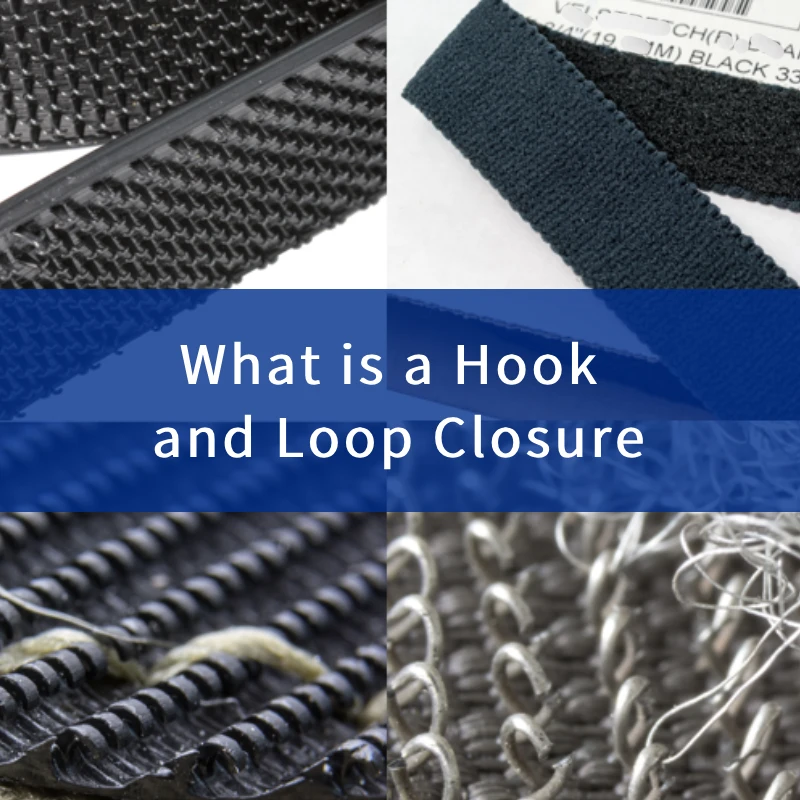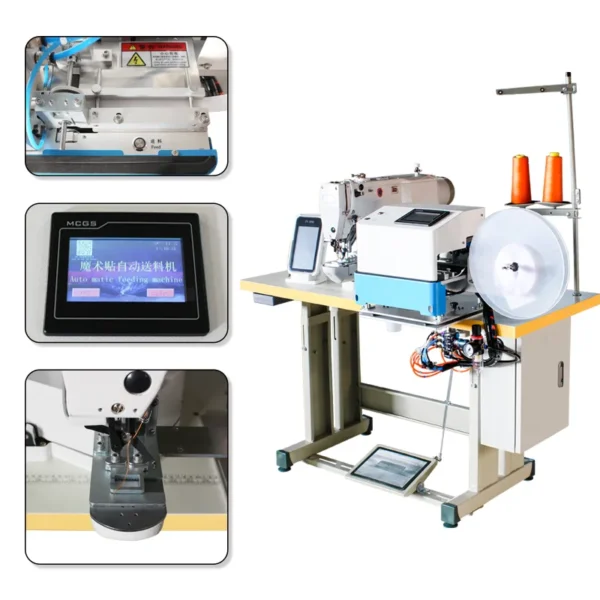A hook and loop closure is a versatile fastening system that is widely used in a variety of industries, including fashion, automotive, healthcare, and home goods. As a manufacturer of clothing-related machinery, Jingchengzhiyuan is very familiar with this.
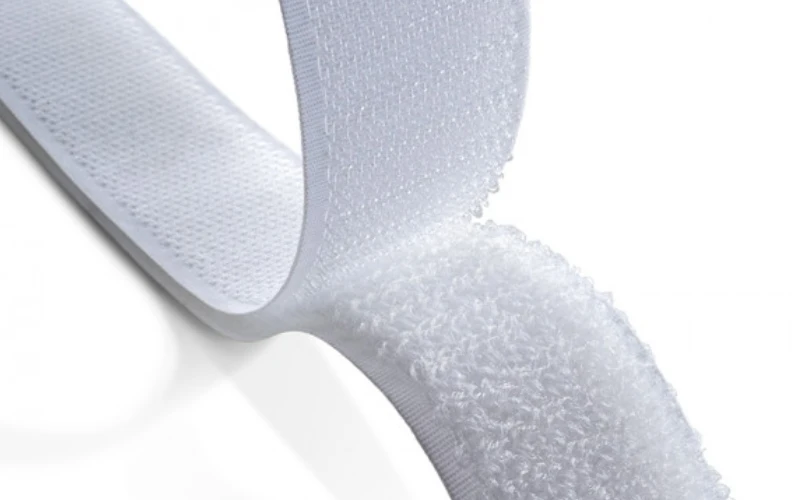
It consists of two components: hooks, which are small, stiff, and rough elements, and loops, which are soft, fibrous surfaces.
What is a Hook and Loop Closure?
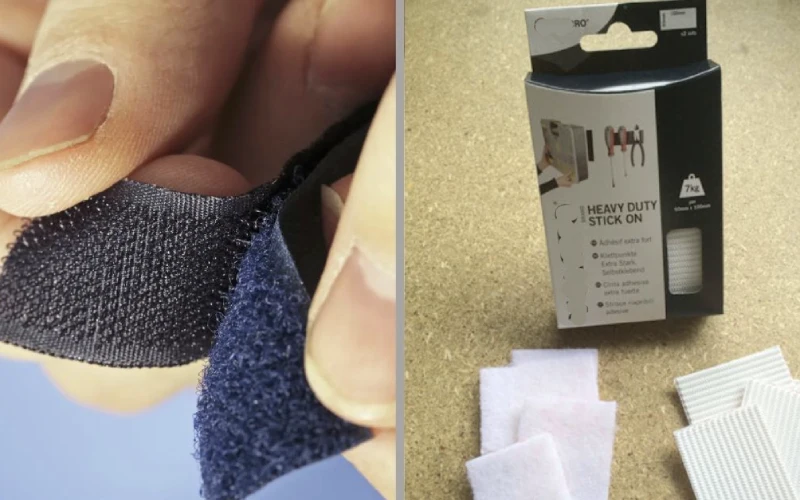
Hook and loop fasteners are designed to provide a quick and easy way to secure or bind two objects together. They are most commonly used in applications where a strong bond is needed but can be easily released when required. Their unique design allows them to be repeatedly fastened and unfastened without wearing out quickly, making them ideal for both everyday and industrial applications.
The History of Hook and Loop Closures
The concept of hook and loop closures was first invented in the 1940s by Swiss engineer Georges de Mestral. After noticing how burrs stuck to his dog’s fur during a walk, he realized that the same mechanism could be applied to create a functional fastening system. After years of experimentation, he patented the hook and loop fastening system, which later became known as Velcro. This invention revolutionized the fastening industry, offering a solution that was both practical and durable.
The Science Behind Hook and Loop Fasteners
The hooks and loops of a hook and loop closure work based on the principle of interlocking surfaces. The hooks are small, rigid projections that grip onto the loops, which are soft and pliable fibers. This creates a strong bond that holds the two surfaces together. The adhesive power of these fasteners depends on the number and density of the hooks and loops, as well as the quality of the materials used.
How Hook and Loop Closures Work
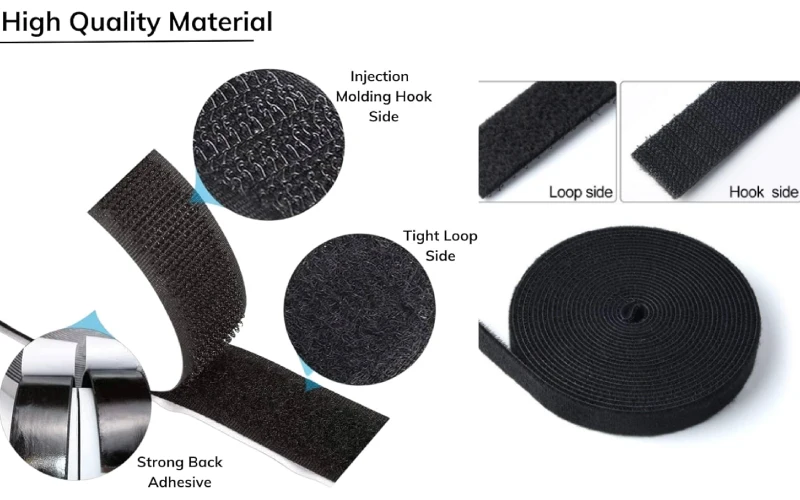
Hook and loop fasteners work through the physical interaction between the two components: the hooks and the loops. When pressed together, the hooks catch on the loops, forming a secure bond. To release the closure, you simply pull the two surfaces apart, which disengages the hooks from the loops.
The Mechanism of Hook and Loop Fasteners
The mechanism behind hook and loop fasteners is quite simple, but its effectiveness is immense. As you press the two sides together, the hooks latch onto the loops, creating a friction-based bond. This bond can hold objects together securely, yet it can be easily undone by pulling them apart, which makes hook and loop closures an extremely user-friendly fastening solution.
The Role of Hooks in the Fastening Process
The hooks are the hard, stiff projections that are designed to catch on the loops. They are typically made from nylon or polyester and are structured to be sharp enough to penetrate the soft loops. The number and size of the hooks vary depending on the application, but their purpose remains the same: to create a secure bond when pressed against the loops.
The Role of Loops in the Fastening Process
Loops are the soft, fibrous surfaces that are designed to catch the hooks. These loops are usually made from a material that is soft enough to allow the hooks to penetrate but strong enough to hold the bond securely. The design and strength of the loops contribute significantly to the overall performance of the hook and loop closure.
Different Types of Hook and Loop Closures
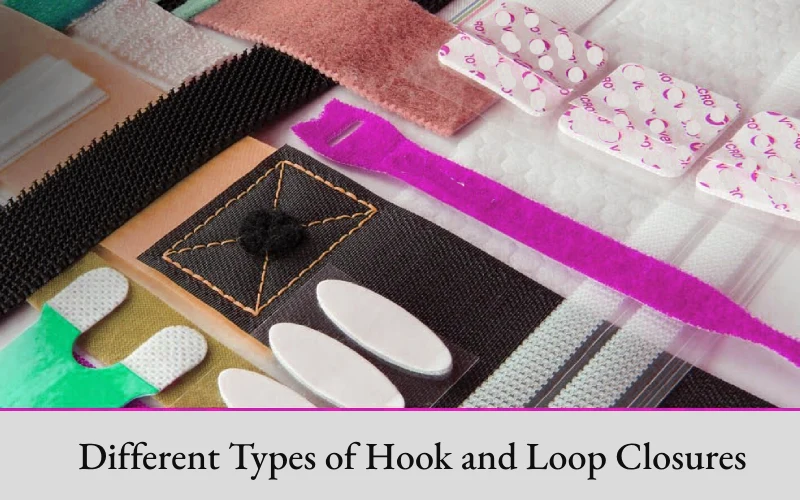
There are several different types of hook and loop closures, each designed for a specific purpose. The basic concept remains the same, but variations exist in terms of size, strength, and material composition.
Standard Hook and Loop Closures
Standard hook and loop closures are the most common type and are used in everyday applications. They are found on items such as clothing, shoes, and bags. These fasteners offer a strong bond and are easy to use, making them ideal for both personal and commercial applications.
Industrial Hook and Loop Closures
Industrial-strength hook and loop closures are designed for more demanding applications. These fasteners are made from stronger materials and have a higher density of hooks and loops to ensure a stronger bond. They are used in industries such as automotive, aerospace, and manufacturing.
Medical Hook and Loop Closures
Medical hook and loop closures are often used in bandages, braces, and other medical devices. These fasteners are designed to be gentle on the skin while providing a secure hold. They are typically made from hypoallergenic materials to ensure patient safety.
Uses in Bandages and Medical Equipment
In the medical field, hook and loop closures are used in various applications, such as wound dressings, medical braces, and prosthetics. Their ability to provide a secure, adjustable fit makes them ideal for medical equipment that needs to be easily applied or removed.
Key Benefits of Hook and Loop Closures
Hook and loop closures offer several benefits that make them a popular choice in a wide range of applications.
Versatility and Adaptability
One of the biggest advantages of hook and loop fasteners is their versatility. They can be used in a wide variety of industries and applications, from fashion and home goods to automotive and medical fields. They can also be adapted to different sizes, strengths, and materials to suit specific needs.
Durability and Longevity
Hook and loop closures are designed to withstand repeated use. Their ability to maintain a secure bond after multiple openings and closings makes them a durable solution for many applications.
Ease of Use and Convenience
Using hook and loop fasteners is incredibly easy. Simply press the two sides together, and the bond is formed. To release, pull the surfaces apart. This ease of use makes them an attractive option for everything from clothing to industrial machinery.
Cost-Effectiveness and Efficiency
Hook and loop closures are not only practical but also cost-effective. They provide an efficient and affordable solution for many fastening needs. Moreover, their durability reduces the need for frequent replacements, offering long-term savings.
Common Applications of Hook and Loop Closures
The applications for hook and loop fasteners are virtually limitless. Here are some common areas where they are used:
Fashion and Apparel
Hook and loop closures are widely used in fashion, from securing shoes to fastening jackets, belts, and other accessories. Their ease of use and adjustability make them perfect for garments that require frequent opening and closing.
Home Goods and Furniture
In the home goods industry, hook and loop fasteners are used to secure items like cushions, pillows, and covers. They are also found in furniture, providing an easy way to adjust or remove parts when necessary.
Automotive and Industrial Uses
In the automotive and industrial sectors, hook and loop closures are used to secure panels, upholstery, and tools. Their strength and durability make them ideal for heavy-duty applications that require a strong and reliable fastener.
Medical and Health Industry
In the medical field, hook and loop closures are used for bandages, braces, and prosthetics. They provide a secure, adjustable fit, making them ideal for medical applications that need frequent adjustments.
How to Choose the Right Hook and Loop Closure for Your Needs
Choosing the right hook and loop fastener depends on a variety of factors, such as the strength required, the materials involved, and the specific application.
Factors to Consider When Choosing Hook and Loop Closures
Consider factors such as the required strength, material compatibility, and the frequency of use when selecting a hook and loop closure. Some closures are designed for heavy-duty applications, while others are meant for lighter, everyday use.
Different Grades and Strengths of Hook and Loop Fasteners
Hook and loop fasteners come in various grades, ranging from light-duty to heavy-duty. The strength of the closure is determined by the number and size of the hooks and loops, as well as the material used.
Hook and Loop Closures vs. Other Fastening Solutions
When considering fastening solutions, it’s important to compare hook and loop closures with other options like zippers, buttons, and magnetic closures.
Hook and Loop vs. Zippers
While zippers are commonly used for securing clothing and bags, hook and loop closures offer a more flexible and adjustable fit. Zippers are less versatile and can be difficult to repair, whereas hook and loop closures can be easily replaced.
Hook and Loop vs. Buttons and Snaps
Buttons and snaps are often used in clothing, but they don’t offer the same adjustability as hook and loop closures. Hook and loop fasteners also allow for quicker fastening and unfastening, making them ideal for situations where convenience is important.
Hook and Loop vs. Magnetic Closures
Magnetic closures are another alternative, but they are not as reliable as hook and loop closures in terms of securing items. Magnets may lose their strength over time, whereas hook and loop closures maintain their holding power for much longer.
FAQs About Hook and Loop Closures
1. What are hook and loop closures made of?
Hook and loop closures are typically made of synthetic materials such as nylon or polyester, which are durable and resistant to wear.
2. Are hook and loop fasteners reusable?
Yes, hook and loop closures are designed to be used multiple times. They can be fastened and unfastened hundreds or even thousands of times without losing their effectiveness.
3. Can hook and loop closures be used outdoors?
Yes, hook and loop closures can be used outdoors, but they may wear out faster in harsh weather conditions. Industrial-grade options are designed to withstand extreme environments.
4. Can hook and loop closures be washed?
Yes, most hook and loop closures can be washed, but it’s recommended to use a gentle cycle to prevent damage. Avoid washing with items that may cause the hooks to snag.
5. Are hook and loop closures safe for sensitive skin?
Yes, many hook and loop fasteners are made with hypoallergenic materials, making them safe for sensitive skin. However, it’s always best to check the product specifications.
6. Can I use hook and loop closures on leather?
Yes, hook and loop fasteners can be used on leather, but you should ensure that the adhesive used does not damage the leather surface.
Conclusion:
Hook and loop closures offer a simple yet effective fastening solution for a wide range of industries. Their versatility, durability, and ease of use make them an essential part of everyday life.
Whether you’re fastening a pair of shoes, securing a medical device, or organizing tools, hook and loop closures provide a reliable and long-lasting solution that will continue to be in demand for years to come.

